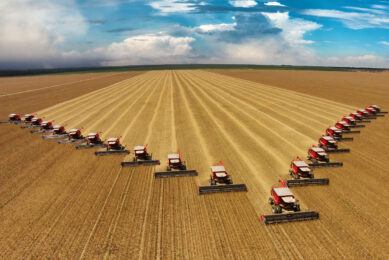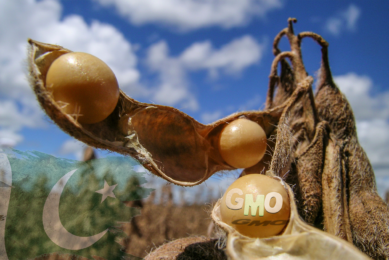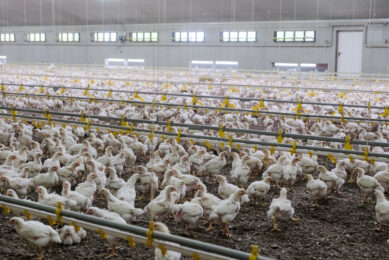China to reduce soy in animal diets
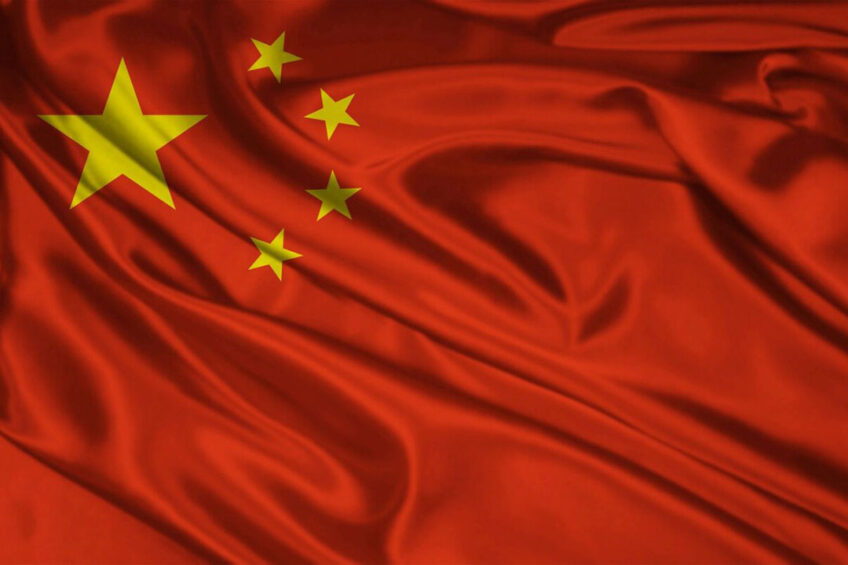
This spring, a cascade of developments began in China related to lowering the soybean meal levels in livestock feed. How does this impact pigs and global trade in feed ingredients?
Last year, China imported record amounts of both soybeans and corn for livestock feed. This brought a long-term trend of strong dependence on trade relationships and foreign commodity availability to a new level. Tensions between the US and China, and Canada and China, have also highlighted China’s reliance on crop imports. This dependence is of great concern, but the cost of corn and soybeans have also been very high.
The Global Times reported in May that in 2020, due to the pandemic and weather disasters in various countries, corn prices reached a 5-year peak. Soybean meal prices also rose quick significantly for part of 2020.
Government guidelines
To try and mitigate the situation, in March 2021, China’s Ministry of Agriculture and Rural Affairs called on companies to reduce soybean and corn content in animal feed. It even provided specific, but voluntary, guidelines. According to Zhu Xi‘an, who heads the agriculture department at Mysteel.com (a company that monitors steel and agricultural commodity markets), the industry is in general already responding to the calls and is trying to make reductions and substitutions.
The Global Times has reported, for example, that by May 2021, feed company New Hope Liuhe reduced soybean meal in its feeds by about 2%, down from 12.5% in 2020 and 13.2% in 2019. But China’s largest pork producer Muyuan Foods has already greatly reduced the amount of protein in its diets, mainly through the reduction of soybean meal. It used only 9.8% last year, according to Nasdaq.com, compared to the industry average of 18%. The company marketed 18 million pigs in 2020.
Introduction of legislation on soy reduction
In May, Muyuan President Qin Yinglin said that industry wide, the amount of protein being fed to pigs is too high. He noted that if the entire industry cut soymeal in pig feed to 9.8%, which lowers the amount of soybean meal per pig by 31kg, the country would use 20 million tonnes less a year. About 100 million tonnes of soybeans are imported each year into China and crushed into meal for livestock. Yinglin, a delegate to China’s parliament, has proposed that the government go beyond its voluntary guidelines and institute legislation that would ensure pork companies reduce the amount of protein in their feed.
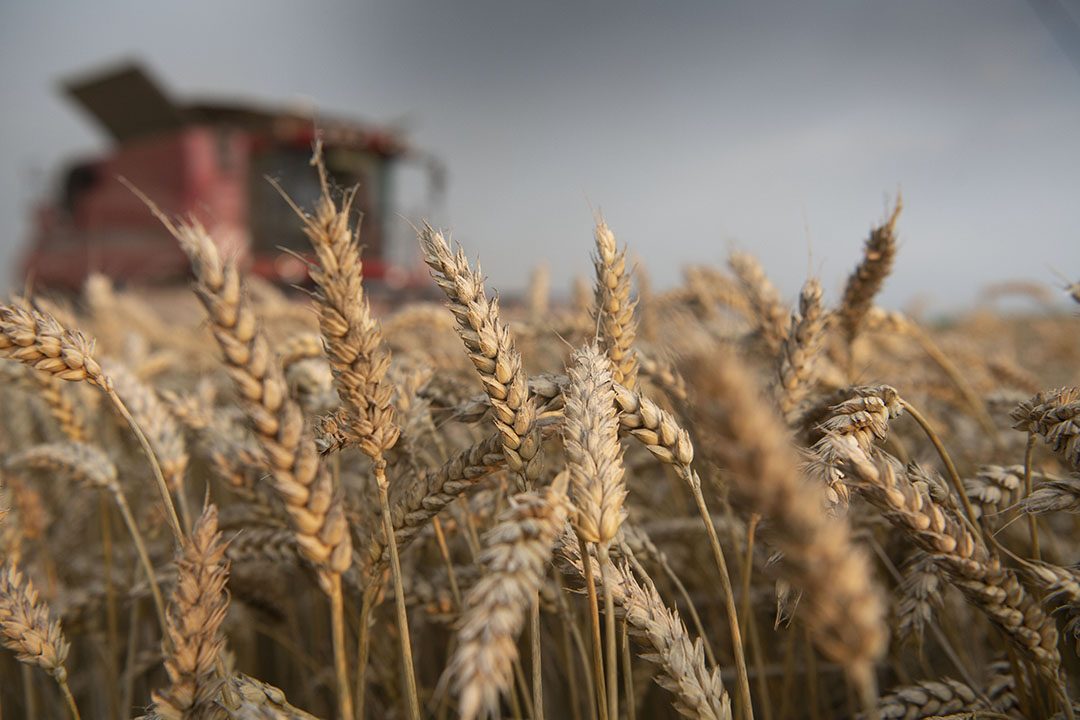
Replacements for corn and soybeans
China’s agriculture ministry has suggested rice, cassava, rice bran, barley and sorghum as suitable corn alternatives. Soybean meal could be replaced by rapeseed meal, cottonseed meal, peanut meal, sunflower meal, distillers dried grains, palm meal, flax meal, sesame meal and corn processing by-products. The government suggestions go down to the regional level. Corn could be cut by at least 15% in pig diets in northeastern area of the country, for example, by adding using rice and rice bran, or using sorghum, cassava flour, rice bran meal and barley. However, the costs of replacements are a huge factor.
Cost analysis
Xi‘an notes that cost, but also supply capacity, are the main factors affecting what meals might be chosen to replace soybean meal. “Due to the large increase in the price of corn, the price advantage of wheat is reflected,” he notes. “There are indeed many feeds that use wheat to replace corn, but this is mainly price-driven. There are quota restrictions on wheat imports, mainly domestic wheat. There is no clear quantitative data on the impact on soybean meal consumption.” According to Darin Friedrichs, a senior analyst at consulting firm StoneX, there are estimates that domestic wheat consumption by livestock in China has already risen by 30 million tons in 2021. “This wheat feeding has had a material impact in reducing soymeal demand,” he explains. “Wheat has been cheaper than corn for a while now. Additionally, this year had bad weather for wheat, so the quality was down, and this led to more being used for animal feed.”
Farmers are ultimately going to use the most economical feed ingredients, and that is mostly going to be soybeans.
Synthetic fall-out
Part of Muyuan Foods’ strategy to reduce soybean meal in pig feed has been to use synthetic amino acids. Whilst the company was approached about this, there was no response. For his part, when asked about this, Friedrichs says: “My understanding is they are using amino acids mostly derived from corn. Part of this change is probably motivated by an effort to show they‘re onboard with the government’s effort to change feed formulation. However, this also gets complicated because China’s corn processing industry, which produces the amino acids, has expanded in recent years.” This increased industrial usage of corn has meant a higher demand in China and a subsequent supply deficit, which in turn has meant higher import volumes. “So, while the government has promoted feed formulations with less soybean meal,” explains Friedrichs, “this doesn’t necessarily reduce dependence on imports.”
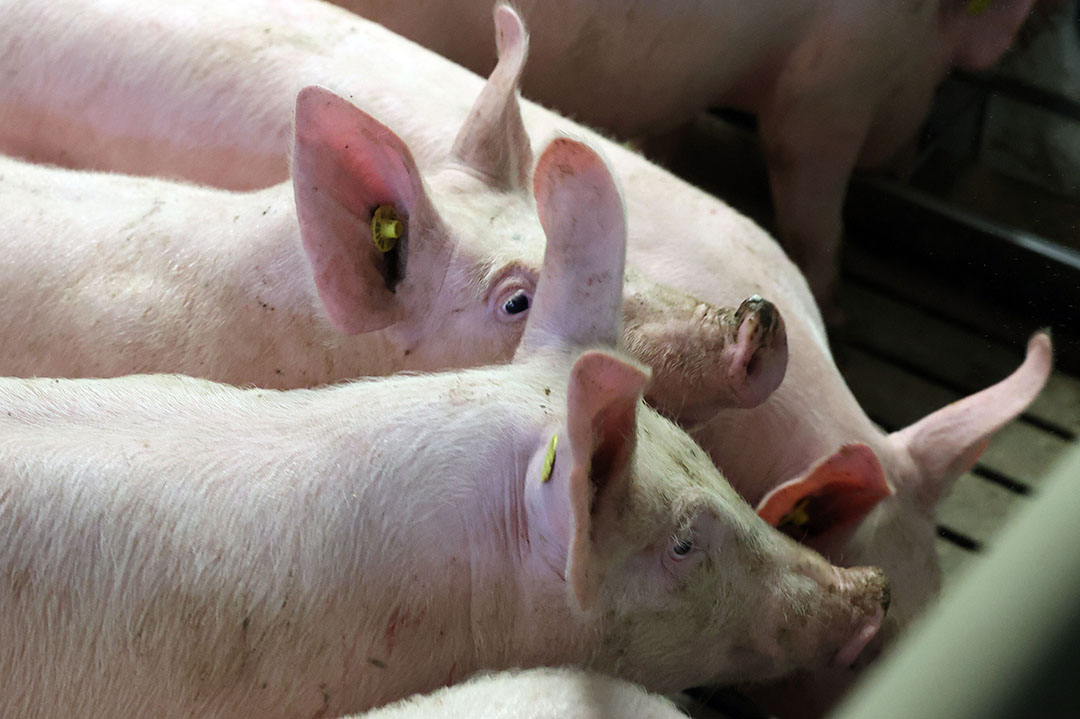
Progress very slow
In terms of how much progress is being made across the entire Chinese pork industry to reduce soybean meal, Friedrichs notes that this is a difficult situation. Sometimes rapeseed and sunflower meal will be available at good prices, he notes, but because now margins are currently “terrible” for the pig industry, pig producers “will use whatever is the cheapest.” At the same time, he can report that a little of all of the alternatives to soymeal such as rapeseed meal, cottonseed meal, peanut meal, etc, are being used. However, costs aside, the global supply chain is also a factor in use of alternatives. “Container logistics are incredibly tight right now and it’s often hard to get space,” Friedrichs says. “Overall, I don’t think usage of these products have substantially reduced soybean demand.” Overall, Friedrichs characteriSes the Chinese government’s efforts to reduce soybean imports and achieve diversification of feed ingredients as being, for the most part, about creating a feed database to inform farmers about different feed formulations. “It’s very difficult to change supply chains,” he says. “Based on the currency policies, I don’t think we‘ll see a major change. Farmers are ultimately going to use the most economical feed ingredients, and that is mostly going to be soybeans.”




